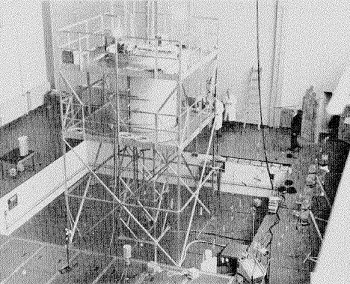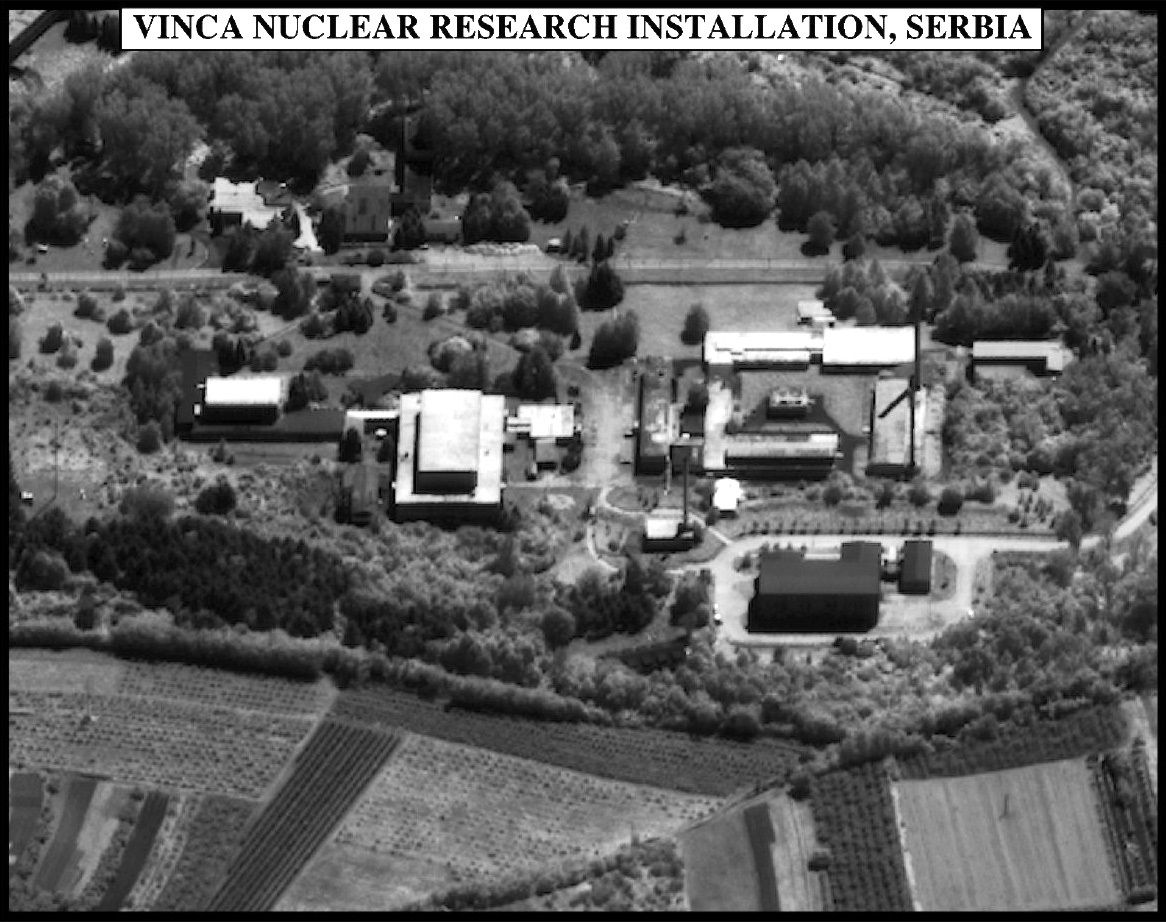The Accident Archives
In 1958 a nuclear research reactor in the Boris Kidrič Institute in Vinca Yugoslavia (now Serbia) suffered an unexpected criticality accident while operating and conducting experiments. While the accident didn’t damage the reactor, it did expose several workers to high doses of radiation.
What happened:
On October 15, 1958 several scientists were running subcritical experiments on a research reactor consisting of fuel rods made of about four tons of natural uranium suspended in heavy water; since water moderates neutrons to make them more effective at causing fission, adding more heavy water to the vessel covered more of the fuel to allow more fission, increasing the reactor’s power output. As long as the water level doesn’t rise too high the reactor will experience more fissions, but it won’t achieve criticality (Note: in a nuclear reactor “criticality” is not necessarily a bad thing; in a nuclear reactor, “criticality” simply means that the number of fissions remains constant from second to second – a critical reactor is simply operating at a constant power level).
As the experiment progressed one of the scientists smelled an odd odor, recognized it as ozone, and realized that it was due to ionization due to high radiation levels – that the reactor had become critical. The criticality hadn’t been detected because the radiation detectors had become saturated and were no longer reporting radiation levels. Once this was recognized, control rods were inserted to shut the reactor down. The amount of power produced was calculated to be about 80 MJ (22.2 kWh) – enough to produce dangerously high levels of radiation but didn’t damage the reactor.

Nuclide(s) and activity:
An estimated 2.6×1018 fissions produced several tens of fission product nuclides. The exact activity of each fission product isn’t precisely known.
Response efforts:
Once this was recognized, control rods were inserted to shut the reactor down. The amount of power produced was calculated to be about 80 MJ (22.2 kWh) – enough to produce dangerously high levels of radiation but not enough to damage the reactor. After shutting down the reactor, work began to try to determine the dose each person received, using a variety of methods. In one, radiation dosimeters were set out in the reactor room as the experiment was recreated to measure both gamma and neutron radiation exposure. Another approach was to measure radiation emitted from the bodies of those who were in the room; the radiation came primarily from neutron activation from sodium-24 produced when neutrons from the criticality struck stable sodium in their bodies.
Health effects:
From this work the dose to the researchers was determined to range from 207 to 436 rads. All of those exposed suffered from severe radiation sickness, eventually recovering, and one person died.
Other impacts:
The five survivors received experimental bone marrow transplants; unfortunately the transplants were all rejected. Since then, bone marrow transplants have been performed for many others exposed to high doses of radiation with greater success. While the bone marrow transplants performed in 1958 lasted only a short period of time, physicians and scientists learned from it and these lessons were used to improve the technique. More bone marrow transplants have been performed since, including after the Chernobyl reactor accident. Today, bone marrow transplants are also used to treat some forms of cancer and other blood disorders with a good success rate.
